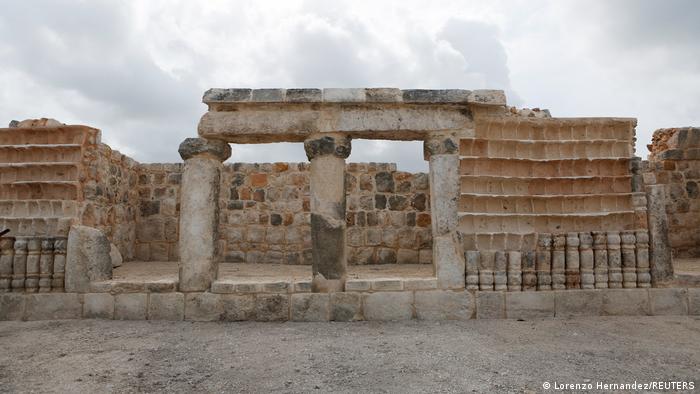Australia's environment authorities on Tuesday presented a plan to bolster protection and restoration of the country's threatened species and natural places.
"The need for action to protect our plants, animals and ecosystems from extinction has never been greater," Environment Minister Tanya Plibersek said in a statement.
Australia's questionable conservation record
Australia, while ranked among the world's wealthiest countries, gets a poor score when it comes to the protection of its animal species.
"Australia is the mammal extinction capital of the world," Plibersek said.
Wildlife advocacy groups say that animal habitats are in decline due to human activity, and events like the devastating 2019-2020 Black Summer bushfires are estimated to have killed, injured or displaced around 3 billion animals.
"The Black Summer bushfires in particular have seen devastating results for many species. We are determined to give wildlife a better chance," said Plibersek. READ MORE...


